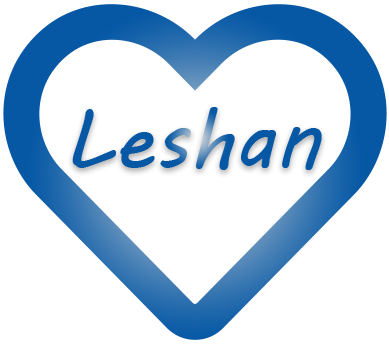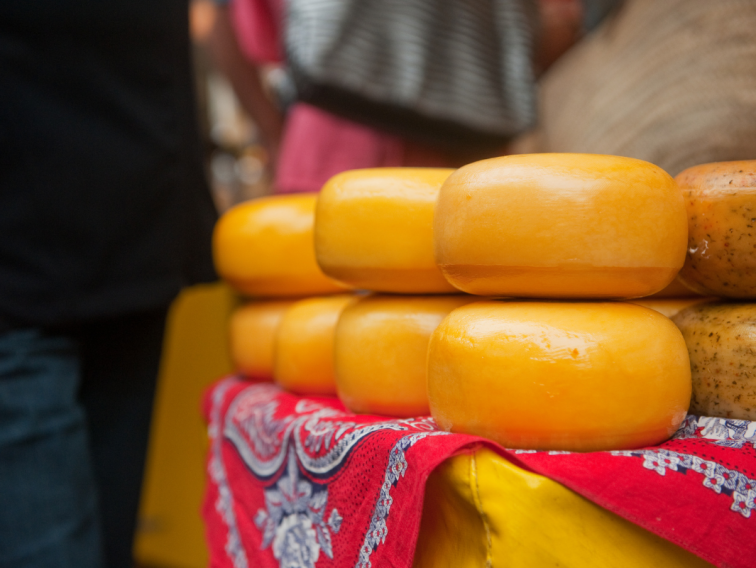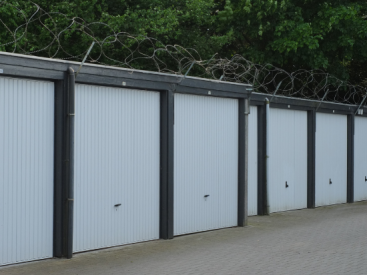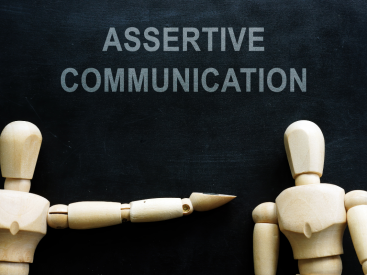Ordering Food in Restaurants
In the vibrant tapestry of Dutch culture, the language serves as an indispensable tool for seamless interactions, particularly in the realm of dining out. Whether you find yourself nestled in a cozy bistro along the picturesque canals of Amsterdam or exploring the bustling streets of Rotterdam, mastering a few essential Dutch phrases can elevate your culinary experience to new heights. Also a Dutch course could help you with your Dutch skills.
Basic Phrases for Ordering Food
- “Een tafel voor twee, alstublieft.” (A table for two, please.)
- “Mag ik de menukaart, alstublieft?” (May I have the menu, please?)
- “Ik wil graag de specialiteit van het huis proberen.” (I would like to try the house specialty.)
- “Kunt u mij aanbevelen wat populair is?” (Can you recommend what’s popular?)
- “Graag een glas rode/witte wijn.” (A glass of red/white wine, please.)
By incorporating these phrases into your dining repertoire, you not only showcase respect for the local culture but also unlock a deeper connection to the culinary delights that the Netherlands has to offer.
Engaging with Neighbors and Colleagues
In the mosaic of daily interactions, the Dutch language serves as a bridge, fostering meaningful connections with neighbors and colleagues alike. Whether you’re exchanging pleasantries in the hallway of your apartment building or engaging in spirited discussions during office meetings, a grasp of Dutch enhances interpersonal communication and enriches the fabric of communal life.
Key Phrases for Social Interaction
- “Goedemorgen/middag/avond!” (Good morning/afternoon/evening!)
- “Hoe gaat het met u?” (How are you?)
- “Wat leuk om u te ontmoeten!” (Nice to meet you!)
- “Heeft u een fijne dag gehad?” (Did you have a good day?)
- “Tot ziens!” (Goodbye!)
By incorporating these phrases into your daily interactions, you demonstrate a genuine interest in fostering connections and building relationships within your community and workplace.
Navigating the Cityscape
As you traverse the vibrant streets and charming alleyways of Dutch cities, fluency in the local language opens doors to a world of exploration and discovery. Whether you’re seeking directions to iconic landmarks or engaging in casual conversations with locals, proficiency in Dutch empowers you to navigate the urban landscape with confidence and ease.
Essential Phrases for Navigating the City
- “Waar is het dichtstbijzijnde metrostation?” (Where is the nearest metro station?)
- “Kunt u mij vertellen hoe ik bij de Dam kom?” (Can you tell me how to get to Dam Square?)
- “Is er een goede plek om fietsen te huren in de buurt?” (Is there a good place to rent bikes nearby?)
- “Excuseer me, kunt u me helpen?” (Excuse me, can you help me?)
- “Bedankt voor uw hulp!” (Thank you for your help!)
By incorporating these phrases into your urban adventures, you not only navigate the cityscape with ease but also immerse yourself in the vibrant pulse of Dutch urban life.
Conclusion
In conclusion, the Dutch language serves as a versatile tool that enhances every facet of daily life, from ordering food in restaurants to fostering meaningful connections with neighbors and colleagues, and navigating the bustling city streets with confidence. By mastering essential phrases and embracing the nuances of Dutch culture, you unlock a world of opportunities for exploration, connection, and enrichment.



